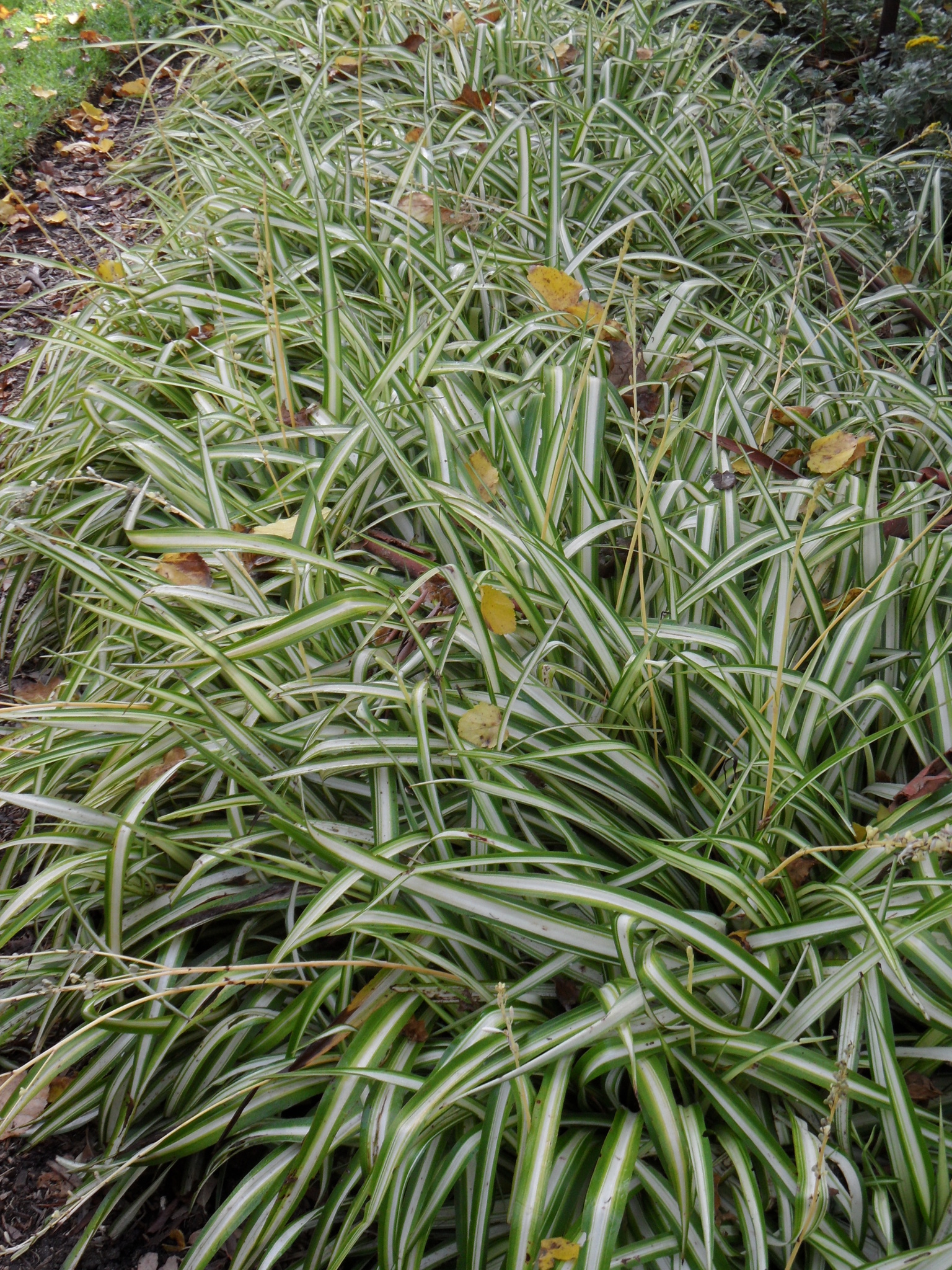
Greek chloros green; phyton a plant.
Perennial rhizomatous herbs with thick to tuberous roots. Leaves perennial in a basal rosette, sheathing, linear to broadly ovate. Flowers flat, star-like, radially symmetrical, stalked, stalks articulated. Inflorescence a terminal, erect, many-flowered panicle, sometimes with numerous plantlets.Tepals 3+3, free. Stamens 6, free. Fruit a dehiscent capsule. Seeds angular, black.
About 20 species sometimes used horticulturally in full sun to deep shade; two grown in Australia often as hanging basket or indoor subjects.
Over 200 species from Africa, India, SE Asia with a single species native to N Australia.The introduced C. comosum is occasionally a weed in urban areas.
The perennial rosette leaves; panicle of white flowers, several per node and the numerous plantlets (in the cultivated species).
Dress (1961 a,b), Obermeyer (1962), Nordal & Thulin (1993).
Source: (2005). Anthericaceae. In: . Horticultural Flora of South-eastern Australia. Volume 5. Flowering plants. Monocotyledons. The identification of garden and cultivated plants. University of New South Wales Press.
